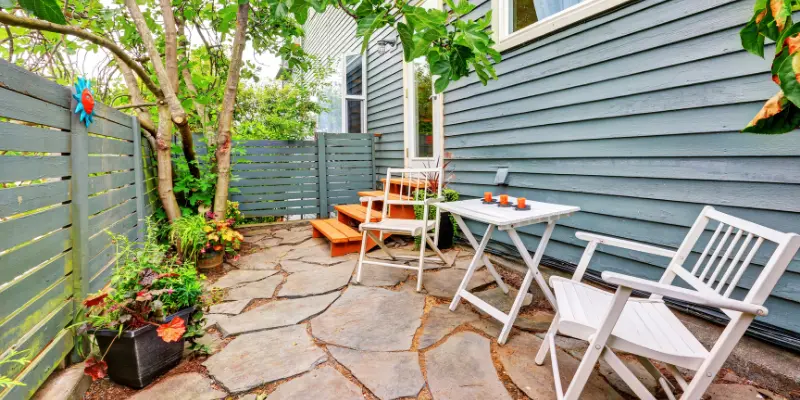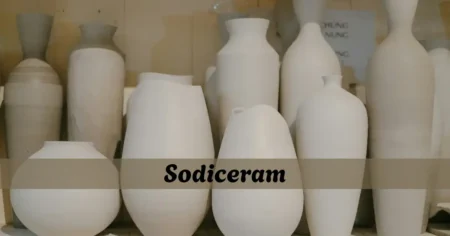Creating the perfect outdoor oasis requires more than just good intentions and a generous budget. Many homeowners dive into backyard transformations with enthusiasm, only to discover costly mistakes that could have been easily avoided. Understanding what not to do can save you thousands of dollars, countless headaches, and years of regret.
The difference between a stunning outdoor retreat and a disappointing money pit often comes down to planning, prioritization, and understanding common pitfalls. By learning from others’ mistakes, you can create an outdoor space that truly enhances your lifestyle and property value.
Skipping the Master Plan
Jumping into outdoor renovations without a comprehensive plan is perhaps the most expensive mistake homeowners make. Many people start with one feature—maybe a deck or patio—then add elements piecemeal over several years. This approach creates disjointed spaces that lack flow and cohesion.
Before breaking ground, develop a master plan that considers your entire outdoor area. Think about how different zones will connect, where utilities need to run, and how the space will function for your specific lifestyle. Even if you plan to complete the project in phases, having an overall vision ensures each element works harmoniously with the whole.
Consider factors like sun patterns throughout the day, prevailing winds, and sight lines from inside your home. These details significantly impact the usability and enjoyment of your finished space.
Ignoring Local Building Codes and Permits
Nothing derails an outdoor project faster than discovering you need permits after construction has begun. Many homeowners assume simple backyard improvements don’t require official approval, but regulations vary significantly by location.
Decks, patios, outdoor kitchens, pools, and even some landscaping features often require permits and inspections. Electrical work, plumbing, and gas lines almost always need professional installation and approval. Skipping this step can result in fines, forced reconstruction, and serious safety hazards.
Contact your local building department early in the planning process. While permits add time and cost upfront, they ensure your project meets safety standards and won’t create problems during future home sales.
Choosing Style Over Function
Instagram-worthy outdoor spaces look amazing in photos, but they need to function well for your actual lifestyle. Choosing materials, layouts, or features solely based on appearance often leads to spaces that are beautiful but impractical.
Consider your climate, maintenance preferences, and how you actually use outdoor spaces. That stunning white outdoor furniture might require constant cleaning. The elaborate water feature could become a maintenance nightmare. Multiple seating areas might go unused if your family prefers gathering in one central spot.
Be honest about your entertaining style, family size, and willingness to maintain various features. A simpler design that gets used daily beats an elaborate setup that becomes a burden.
Underestimating Maintenance Requirements
Every outdoor feature requires ongoing maintenance, but some demand significantly more attention than others. Natural materials like wood decking, stone surfaces, and lush plantings can be high-maintenance choices that become overwhelming over time.
Research the long-term care requirements for every element you’re considering. Natural stone may need regular sealing. Wooden structures require periodic staining or painting. Complex water features need chemical balancing and equipment maintenance. Pool ownership involves daily testing and seasonal care.
Factor maintenance costs and time commitments into your decision-making process. Sometimes paying more upfront for low-maintenance alternatives saves money and frustration long-term.
Overlooking Privacy and Neighbors
Creating your dream outdoor space means nothing if you can’t relax due to lack of privacy. Many homeowners focus on the features they want without considering sight lines from neighboring properties or busy streets.
Plan privacy solutions early in the design process rather than trying to add them later. Strategic landscaping, privacy screens, and thoughtful positioning of seating areas can create intimate spaces without feeling closed-in. Fast-growing trees and shrubs provide natural screening, while structures like pergolas or privacy walls offer immediate solutions.
Remember that privacy works both ways. Your outdoor entertainment area shouldn’t create noise or light pollution that bothers neighbors, especially if you plan to use the space during evening hours.
Neglecting Professional Installation for Complex Features
While DIY projects can save money, some outdoor features require professional installation for safety and longevity. Electrical work, gas lines, structural elements, and water features involve complex systems that can be dangerous if installed incorrectly.
For example, custom hot tubs in Salt Lake City require proper electrical connections, plumbing integration, and structural support that most homeowners can’t safely handle alone. The initial savings of DIY installation pale compared to the costs of fixing problems or dealing with safety issues later.
Research which aspects of your project require professional expertise and budget accordingly. You can often handle simpler tasks like painting, basic landscaping, or furniture assembly while leaving technical work to qualified professionals.
Rushing the Timeline
Outdoor projects often take longer than expected due to weather delays, permit processing, material availability, and the complexity of coordinating multiple trades. Rushing the timeline leads to poor decisions, shortcuts, and unsatisfactory results.
Start planning your outdoor oasis well before you want to use it. Spring projects should begin planning in winter. Major renovations might take an entire season or longer to complete properly. Build buffer time into your schedule for unexpected delays or changes.
Weather-dependent work like concrete pouring, landscaping, and painting can only happen under specific conditions. Trying to force work during inappropriate weather often results in poor quality that needs redoing later.
Forgetting About Utilities and Infrastructure
Beautiful outdoor spaces need invisible infrastructure to function properly. Failing to plan for electrical outlets, water access, drainage, and lighting during the initial construction phase means expensive retrofitting later.
Consider where you’ll need power for lighting, water features, outdoor kitchens, or entertainment systems. Plan irrigation for landscaping and drainage for areas that collect water. Think about garbage disposal, storage needs, and access routes for maintenance.
Running utilities after hardscaping is complete often requires tearing up finished work, making the project more expensive and disruptive than necessary.
Building Your Dream the Right Way
Avoiding these common mistakes positions you for outdoor living success. Take time to plan comprehensively, understand local requirements, and prioritize function alongside beauty. Your outdoor oasis should enhance your lifestyle for years to come, not create ongoing problems or regrets.
Remember that creating the perfect outdoor space is a marathon, not a sprint. Thoughtful planning and execution result in spaces that bring joy, increase property value, and provide the retreat you originally envisioned.



